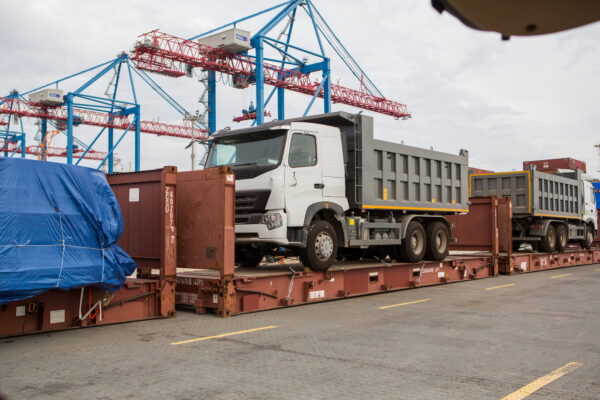Compared to the shipment of regular-sized goods, shipping oversized cargo internationally has been known to be more difficult. Not only are the safety measures different, but the overall transportation logistics differ. Numerous industries, like construction, manufacturing, and mining, rely on oversized shipping to progress their supply chains. Individual shippers also ship large-sized freight like cars and boats globally. While there are various ways to transport oversized cargo, the most common is by truck and ocean vessels. Shipment by air is rare due to the size of an aircraft, so this article will focus on sea transportation. For transporting large loads domestically by truck, click here.
Regulations For Oversized Cargo
One of the essential precautions the shipper should take before shipping freight internationally is to research the regulations. The guidelines may depend on what shippers move for oversized cargo due to the number of goods considered sizeable. Breakbulk is a term used to describe freight that cannot fit in a standard 20 or 40-foot container. Some of the common measurements for breakbulk consideration are:
- A height greater than 13.6ft
- A With greater than 8.6ft
- A Length longer than 53ft
- A weight of over 80,000lbs
How Vessels Transport Oversized Cargo
Once the cargo is ready to ship, a truck with a specialized trailer will transfer it to a seaport. The typical method for loading at a port is by a mechanical crane that lifts the container off the truck and secures it on the vessel.
The loading method differs slightly since standard containers do not transport oversized cargo. How ports load large goods on a vessel depends on the shipper’s item and the container moving the shipment. Open-top containers carrying long scrap metal are placed on a containership similar to regular containers. However, if the scrap metal sticks out of the container, the container will not stack on the standard containers. The carrier will also keep the container in a different location and have a tarp draped to prevent damage. Another type of container used in breakbulk shipping is a flat rack.
Flat racks are containers without walls or roofs with foldable sides on the front and back. Unlike open-top containers, flat racks can accommodate extra wide loads and bulky goods that cannot enter a standard container. The type of cargo that this container transports are large machinery and vehicles that can’t fit in a standard container. In international shipping by sea, cars, RVs, and trucks that ship by flat racks use RoRo to board vessels. RoRo or Roll-on/Roll-off is a method of loading where wheeled freight uses built-in ramps to mount ships. The ship secures the goods throughout the journey until rolled off the ramp at the final destination.
How to Begin Shipping Oversized Cargo International
While moving oversized cargo internationally has many benefits, starting may not be as simple. There are not only more supply chain parts than the ones mentioned in the article, but numerous regulations exist. The paperwork the U.S. and other countries require for import/export may also be confusing. Hiring a freight broker to walk you through the process is the best way to start shipping. Contact A1 Worldwide Logistics at 305-821-8995 or info@a1wwl.com for a quote to move your oversized cargo internationally. We also provide customs clearance for goods for shipments entering the U.S.





